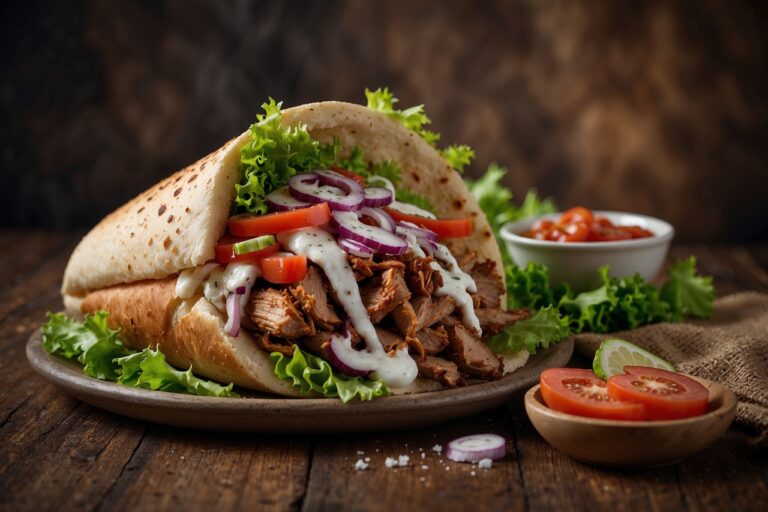The Impact of Food Industry on Global Water Usage and Conservation Efforts
Water is a critical resource in the production of food, with every step along the supply chain leaving its mark on the environment in terms of water consumption. From irrigation in fields to processing in factories, the water footprint of food production is a complex and interconnected issue. As the global population continues to grow and dietary patterns shift, understanding and minimizing this footprint becomes increasingly important.
Different types of food have varying water footprints, with meat and dairy products typically requiring more water compared to plant-based foods. For instance, producing a kilogram of beef can use thousands of liters of water, while the same amount of vegetables may require significantly less. By assessing and acknowledging these disparities, we can work towards more sustainable practices that mitigate the strain on water resources while meeting the food demands of a growing population.
Water Usage in Agriculture
Agriculture is a vital sector that heavily relies on water for various activities such as irrigation, crop cultivation, and livestock hydration. The usage of water in agriculture plays a critical role in ensuring food production, but it also poses challenges when considering the sustainability of water resources.
The amount of water required for agriculture varies depending on factors such as crop type, climate, soil conditions, and farming techniques. Inefficient water usage in agriculture can lead to water scarcity, environmental degradation, and reduced crop yields. Therefore, it is essential for farmers and policymakers to implement water-saving practices and technologies to optimize water usage in agriculture.
Challenges of Water Scarcity in Food Industry
Water scarcity in the food industry poses a significant threat to global food security. With the increasing demand for food production to feed a growing population, the pressure on already limited water resources is intensifying. This scarcity not only affects agricultural practices but also impacts the entire food supply chain, from processing to distribution.
The challenge of water scarcity in the food industry is exacerbated by climate change, which is altering precipitation patterns and increasing the frequency of extreme weather events. These changes further strain water supplies and make it more difficult for farmers to predict and manage water availability for their crops. As a result, innovative water management strategies and sustainable practices are crucial to ensure the resilience of the food industry in the face of water scarcity challenges.
• Water scarcity in the food industry poses a significant threat to global food security
• Increasing demand for food production intensifies pressure on limited water resources
• Impact of water scarcity extends from agricultural practices to entire food supply chain
• Climate change exacerbates water scarcity challenges in the food industry
• Altering precipitation patterns and increasing frequency of extreme weather events strain water supplies
• Farmers face difficulties in predicting and managing water availability for crops
• Innovative water management strategies and sustainable practices are crucial for resilience
What is the water footprint of food production?
The water footprint of food production refers to the total volume of water used to produce the food, including the water used for irrigation, processing, packaging, and transportation.
How is water used in agriculture?
Water is used in agriculture for irrigation of crops, watering livestock, and in the production of agricultural inputs such as fertilizers and pesticides.
What are some of the challenges of water scarcity in the food industry?
Some of the challenges of water scarcity in the food industry include increased competition for water resources, higher costs of water for agricultural production, and potential impacts on food security and supply chains.






